
鶏の卵は、よく食べますよね。
にわとりの卵は、世界の多くの国で食べられています。
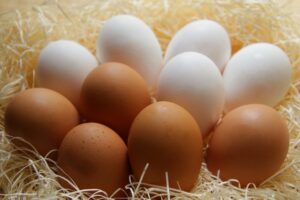
食べるために使われる鳥の卵は、国によってさまざまです。
国によっては、かもやがちょう、かもめ、うずら、あひる、鳩などの鳥の卵を食べることがあります。
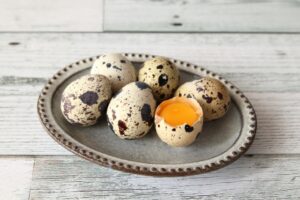
にわとりの卵は、「鶏卵」や「卵」、「玉子」ということがあります。
「卵」は、生物学的な意味で使い、食材の場合は、「玉子」を使うことがあります。
生の卵を「卵」、調理されたものを「玉子」と使い分けることもあります。
加熱前のものは「生卵」や「卵かけご飯」と表記したり、加熱されたものは「玉子焼き」や「玉子丼」と表記することもあります。
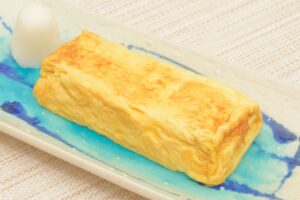
日本では、生卵をご飯にのせ、醤油をかけて食べる「卵かけご飯」は一般的ですが、そのような食べ方を見て、おどろく国もあります。
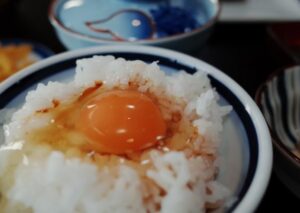
日本のお隣の中国などでは、生卵を食べることはまずありません。その理由としては、食中毒になることが多いからです。
海外では、卵の殻にサルモネラ菌がついている場合がよくあります。
サルモネラ菌の食中毒になると、吐き気や下腹部の腹痛、38度前後の発熱や下痢になることもあります。
次の言葉については、他のページもあわせて読んでみてください。
お米(おこめ)Rice おにぎり Onigiri (rice ball)
Chicken Eggs
Chicken eggs are eaten in many countries around the world.
The bird eggs used for eating vary from country to country.
In some countries, the eggs of birds such as seagulls, gulls, quails, ducks, and pigeons are eaten.
The eggs of chickens are sometimes called “hen’s eggs,” “roe,” or “eggs.
Egg” is used in the biological sense, and “tamago” is sometimes used for foodstuffs.
Sometimes “egg” is used for raw eggs and “tamago” for cooked ones.
Pre-cooked ones are sometimes described as “raw egg” or “egg on rice,” while cooked ones are sometimes described as “tamago-yaki” or “tamago-don” (egg bowl).
In Japan, “tamagokakegohan” (raw egg on rice with soy sauce) is common, but some countries are surprised to see such a way of eating tamagokakegohan.
In Japan’s neighbor, China, raw eggs are rarely eaten. The reason for this is that food poisoning is common.
In other countries, eggshells often have salmonella bacteria on them.
Salmonella food poisoning can cause nausea, abdominal pain in the lower abdomen, fever around 38 degrees Celsius, and diarrhea.
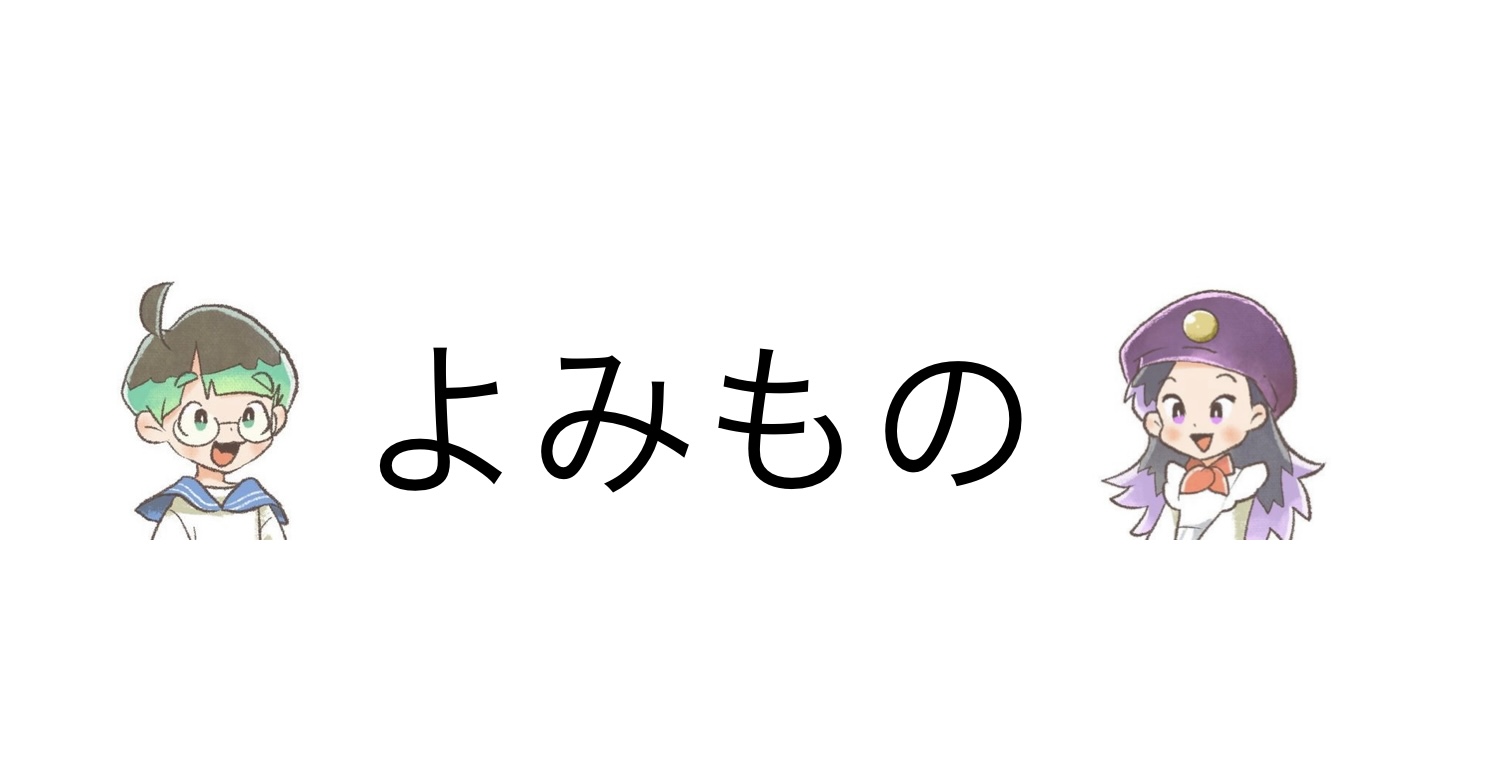
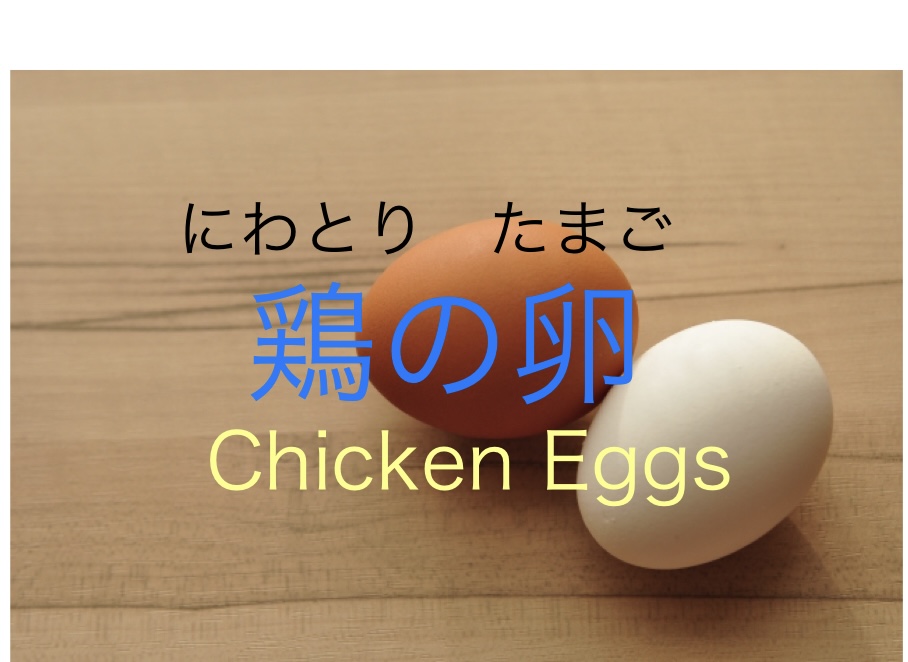


コメント